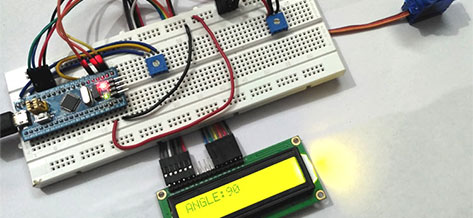
Several effective tips for servo motor drive repair
Subscribe to relevant news content?
Subscription
Unsubscription
Recent related posts
Customers frequently viewed
IWAYA DENKI Water Pump 25CJT0752
US$2307.69
Panasonic Servo Motor MHMF022L1V2M
US$653.85
Honeywell Solenoid Valve VE4025B1045
US$334.62
ROTEN Mechanical Seal 8E5K-22-X
US$384.62
YUKEN Vane Pump PV2R4-200-F-RAL-30
US$1250.00
Copeland Compressor ZR300KCE-TE5
Contact Us
Sanyo Denki Fan 9GA0912F4021
US$24.38
Yaskawa Servo Motor SGMAS-08ACA4CS
Contact Us
Duplomatic Relief Valve Z4M4-A/50
US$807.69
UNIMEC Air Cylinder DSAI32H300
Contact Us
VBI Bearing 7302DT
US$22.69
Copeland Compressor ZP485KCE-TWD-600
Contact Us
SMC Proportional Valve ITV3050-01F4CN
Contact Us


